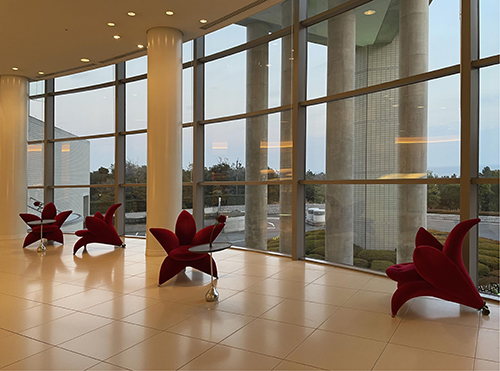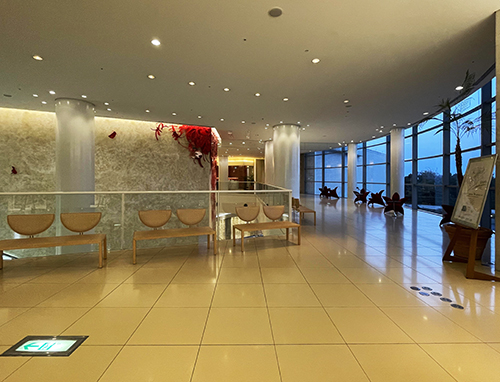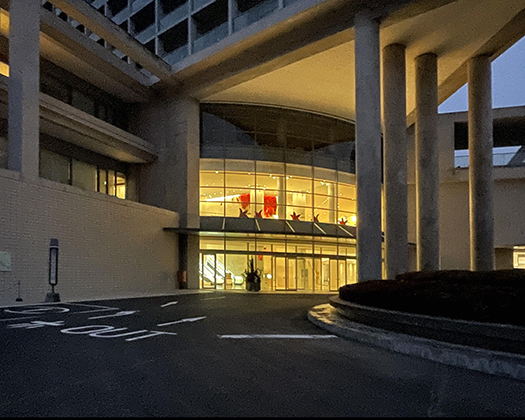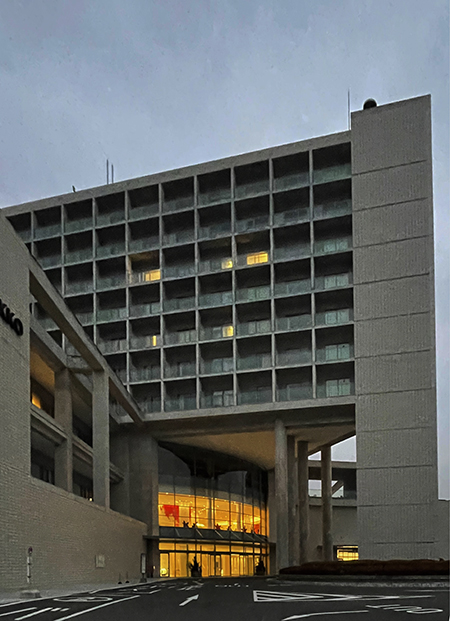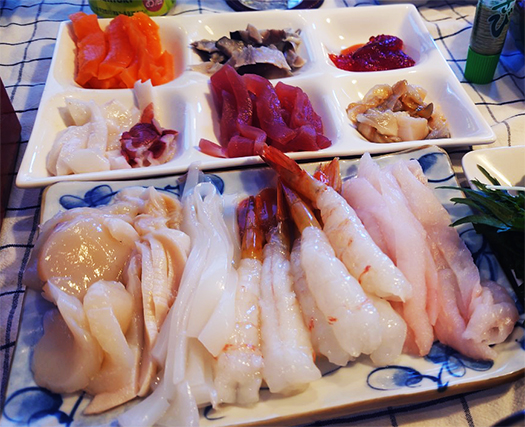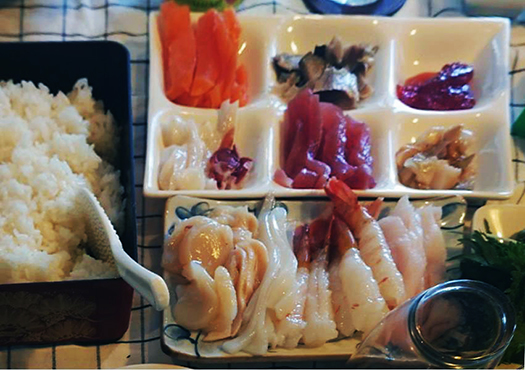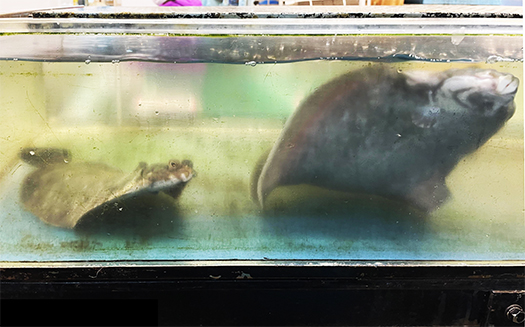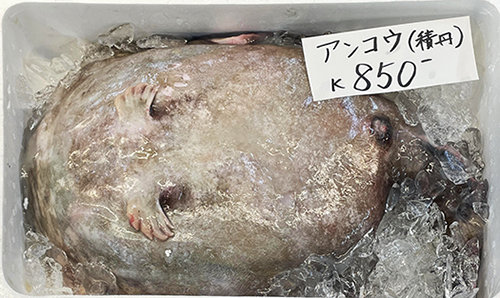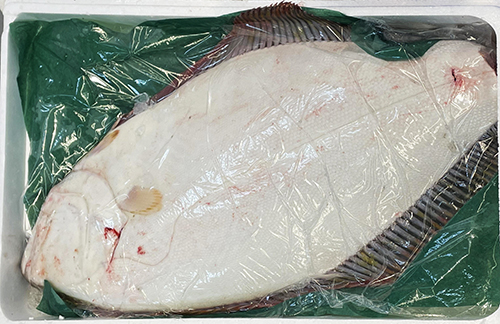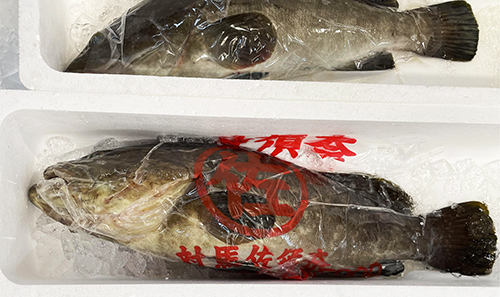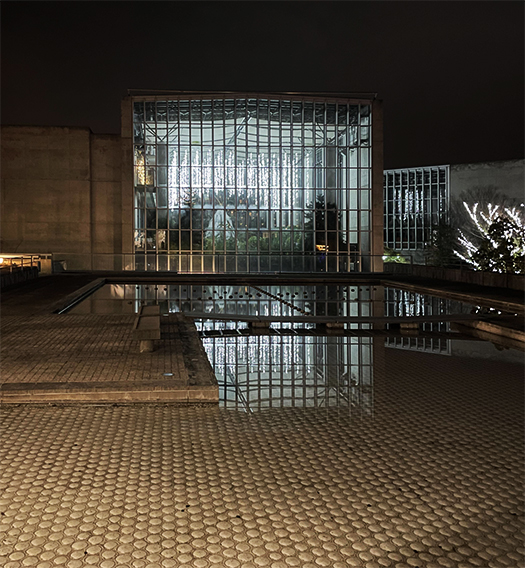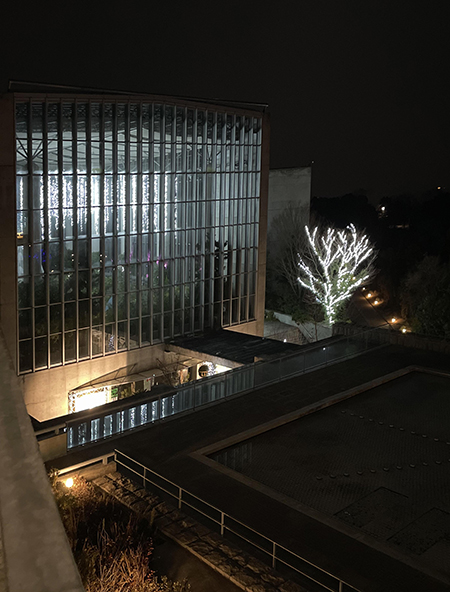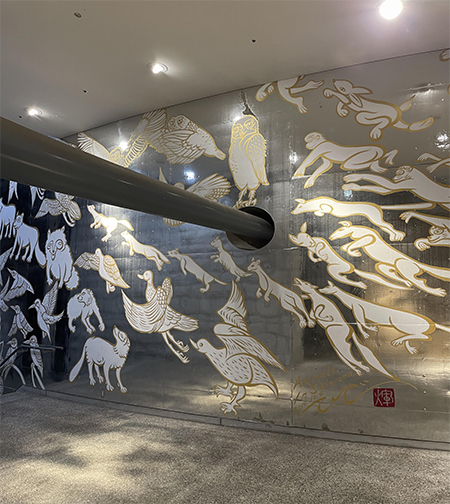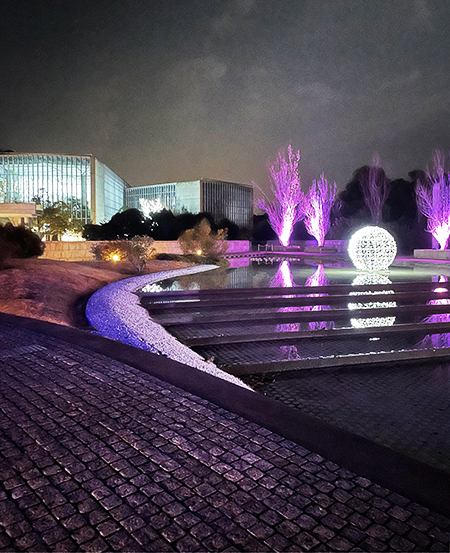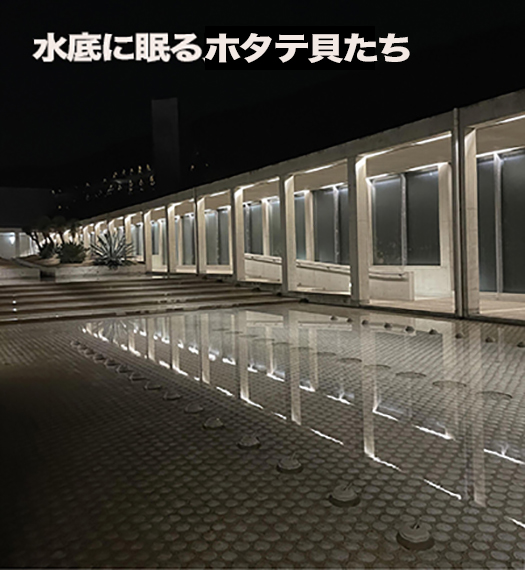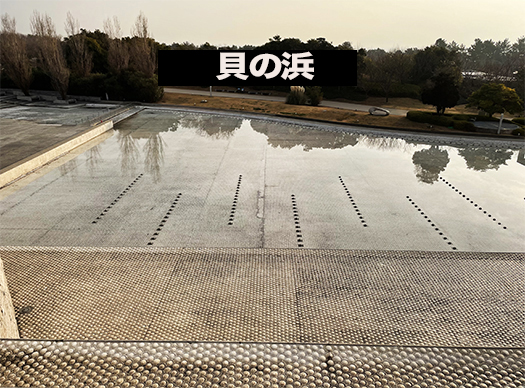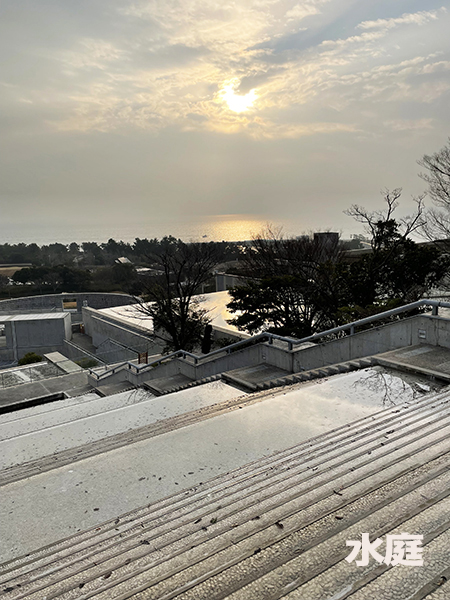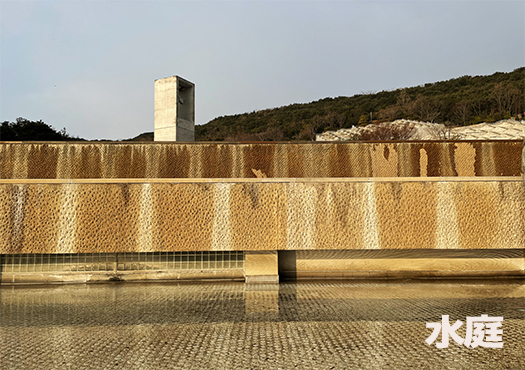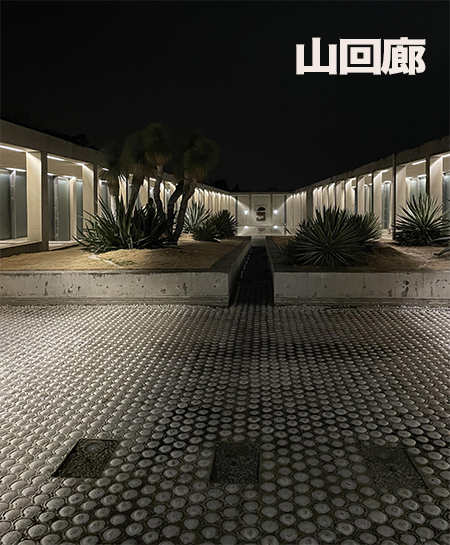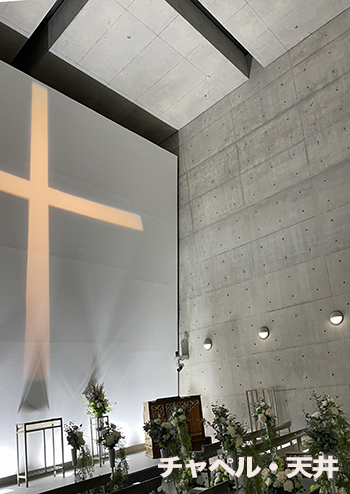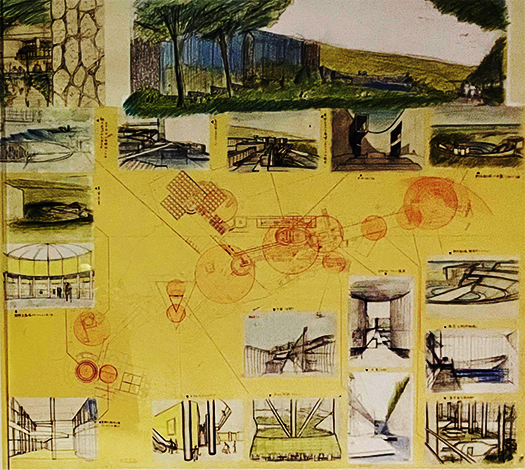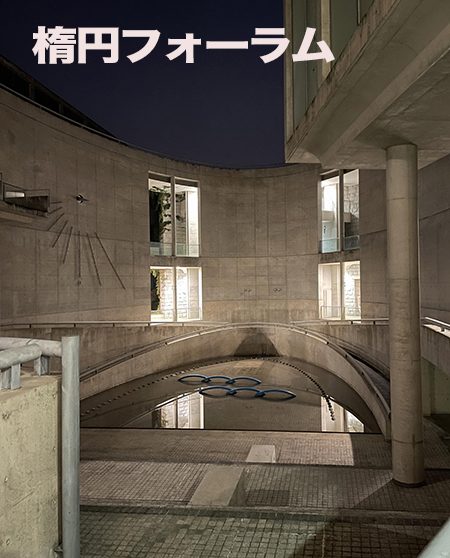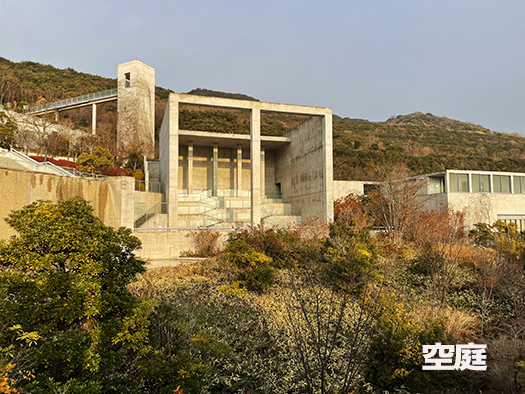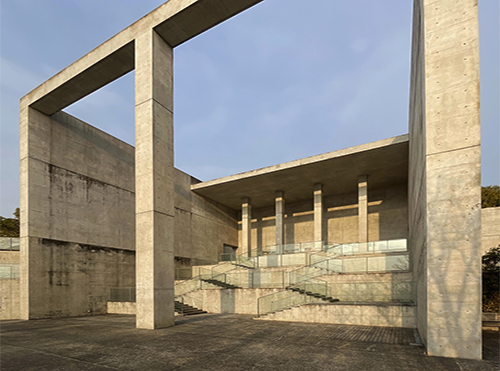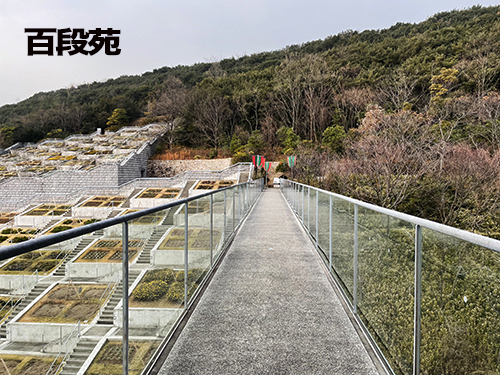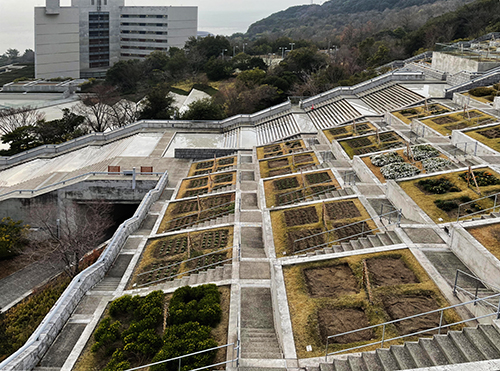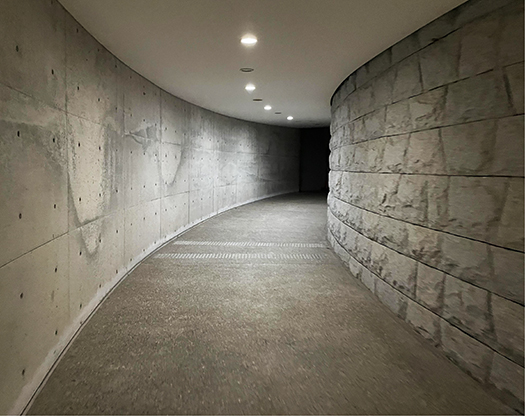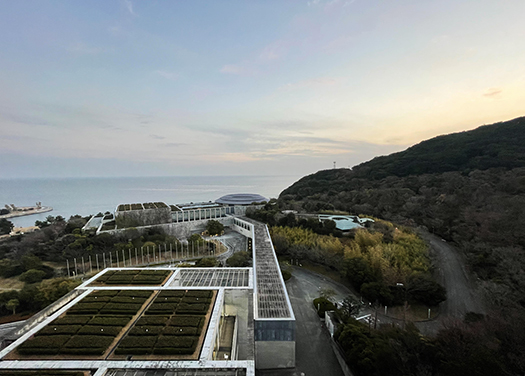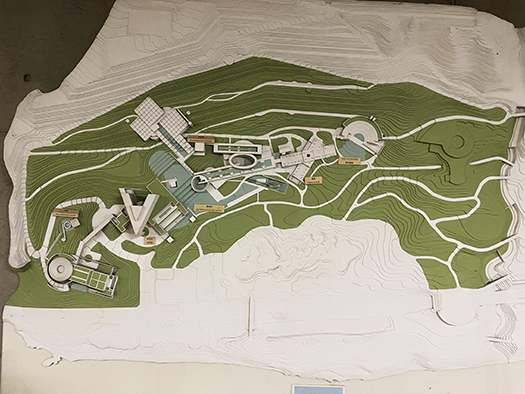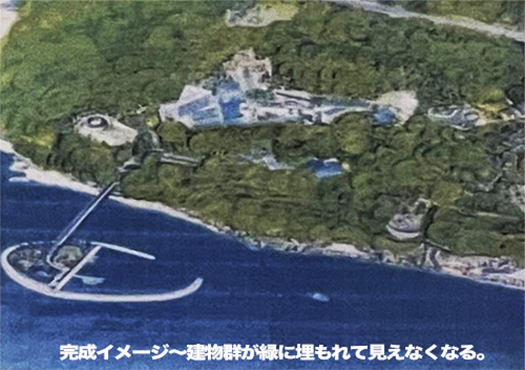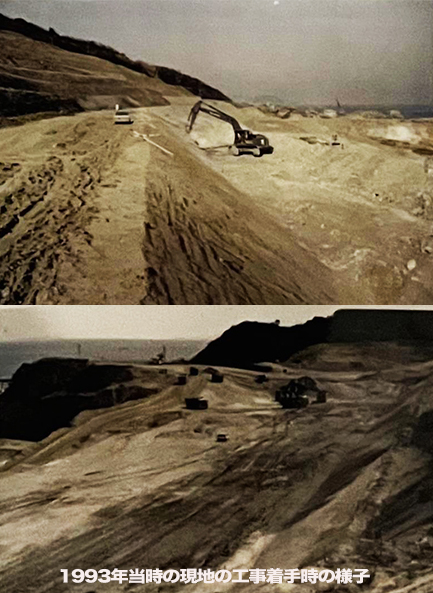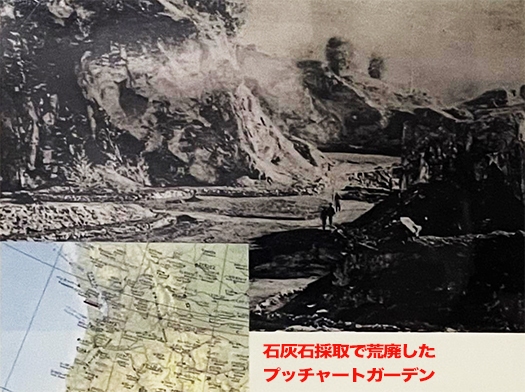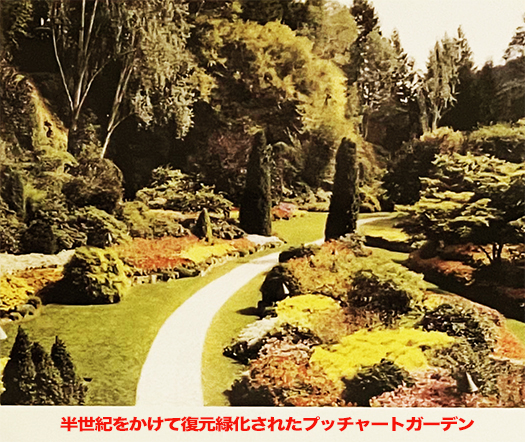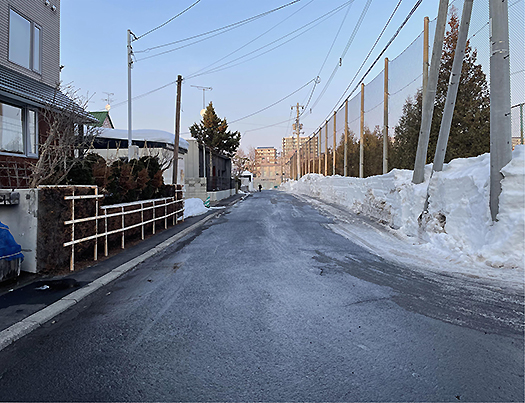
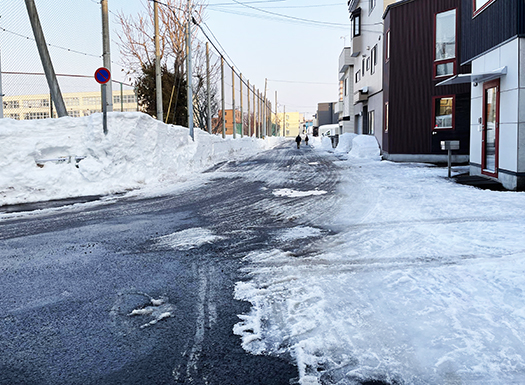
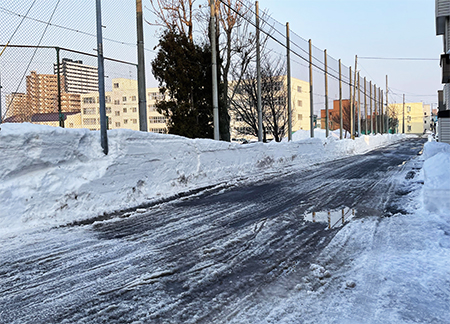
札幌の市街住宅地域では、毎年冬の終わり時期に集中除排雪が行われます。大量の除雪機車両部隊が一気投入される。2月末頃に入ります、という市からの広報があったけれどその後「順延します」という案内があって「時期については町内会広報にてお知らせします」ということだったけれど、さすがにことしはわが家周辺の「西区」地域は有数の多雪地域だったので、日程も難航していたようです。
それが昨日、お知らせはなくいきなり朝から慌ただしい動きがあって、10時前ころから作業が開始され、昼3時頃まで徹底的・集中的な除排雪作業。
わが家周辺は隣近所の助け合い除雪活動が機能していてそれほど交通への支障は発生しないのですが、なんといっても今年は昨年に引き続きの多雪ぶり。見上げるばかりに積み上がった雪山は2mを越えるレベルに達し、また壁厚も太っていた。それが徐々に道幅を狭め角地のわが家周辺では助け合い除雪でなんとか交互通行できていたけれど直線道路部分ではすべて1車線。事務所兼用なので、わが家3台分以外に周辺に駐車場を6台分契約していますがその1台分は出し入れで轍(わだち)による段差ができて難渋しておりました。
それらの困難な状況が一気にすべて解決。

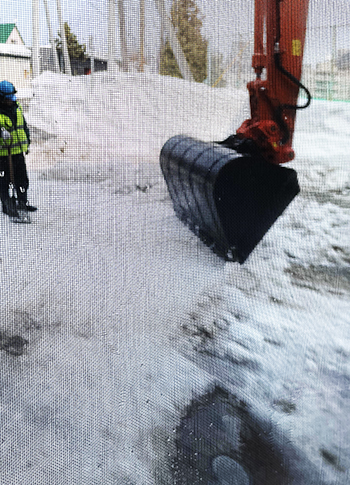
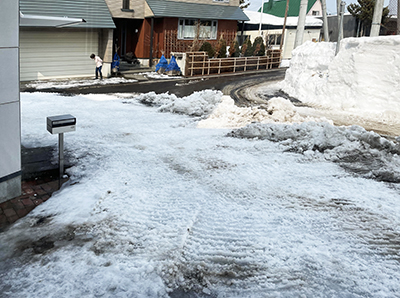
その上、わが家の目前の場所では歩道に掛かる部分も丁寧に「掻きだし除雪」まで行っていただいた。市民として除雪に協力したいと、わが家前にどうしてもできてしまう除雪の残滓部分、固く踏み固められた雪氷を処理しやすいよう道路側に押し出そうと試みていたら、除雪車両の運転操作員の方から直接「それもこちらで全部やりますから」と申し出いただいた。まぁたぶん除雪作業のお邪魔にもなるのでしょうね(笑)。
すぐ上の写真は網戸越しだったので、一部不鮮明かも知れませんが、重機で丁寧に歩道部分まで除雪してくれている様子。仕事とは言え、こうした作業員のみなさんの熟練ぶりには驚いております。
ということで、上の方の写真のように周辺はすっかり2車線道路が復元しております。わが家は中学校の校庭に面しているのですが、そちら側の雪壁は本当に薄くに変貌。方角的に日の当たる道路側ではすでにアスファルト路面が顔を出している。まことにありがたい春一番でありました。
English version⬇
The First Day of Spring in Sapporo! The city’s intensive snow removal was dispatched to the area around my house.
Sapporo is a rare cosmopolitan city with an annual snowfall of 6 meters. Every year this battle is won in the end. Every year this battle is finally won. Is this the origin of northern “optimism”? The snow
In the residential areas of Sapporo, intensive snow removal takes place at the end of winter every year, and a large number of snowplows are deployed at once. The city announced that the snow removal would start around the end of February, but then there was a notice saying that it would be postponed and the timing would be announced in the neighborhood association’s newsletter. However, as expected, the Nishi Ward area around our house was one of the areas with the heaviest snowfall, so it seems that the schedule had been difficult to schedule the event.
Yesterday, without any notice, there was suddenly a flurry of activity from the morning, and work began around 10:00 a.m., with thorough and intensive snow removal work going on until around 3:00 p.m. The snow was removed from around our house with the help of our neighbors.
The snow around our house does not interfere with traffic so much because of the mutual snow removal activities of neighbors, but this year’s snowfall was as heavy as last year’s. The snow piled up so high that we could hardly look up at it. The snow piled up to the level of more than 2 meters and the thickness of the wall was also fat. The snow gradually narrowed the road, and although we managed to get alternating traffic around our house on the corner by mutual snow removal, there was only one lane on the straight road. We have a contract for a parking lot for six cars in the vicinity of our office, in addition to the three cars at our house, and we were having difficulty getting one of the cars in and out because of the ruts in the parking lot.
All these difficulties were resolved at once.
In addition, they even carefully “scraped out” the snow from the area right in front of our house, where it hung over the sidewalk. As a citizen, I wanted to cooperate in the snow removal, so I tried to push the leftover snow and ice in front of our house to the side of the road for easier disposal, but the driver of the snowplow offered to take care of it all for us. Well, I guess that probably interferes with the snow removal work, too (laughs).
The photo above was taken through a screen door, so some of it may not be clear, but the heavy equipment was carefully removing snow from the sidewalk. I was surprised at how skilled these workers were, even though it was their job.
As you can see in the photo above, the two-lane road has been completely restored. Our house faces the schoolyard of the junior high school, and the snow wall on that side has been transformed into a really thin wall. On the side of the road where the sun shines in that direction, the asphalt surface has already appeared. It was the first day of spring, for which we are very grateful.
Posted on 3月 8th, 2023 by 三木 奎吾
Filed under: 「都市の快適」研究 | No Comments »


